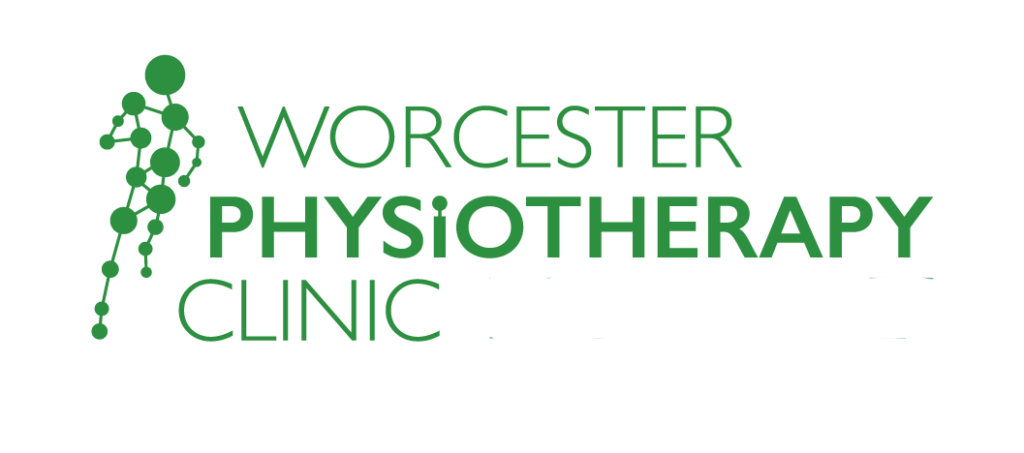Tennis Elbow is an incredibly frustrating condition that can affect anyone and everyone (in fact, it’s really quite rare that we see someone who’s actually developed it through playing Tennis!).
The condition itself is a dysfunction or irritation of the tendons that attach to the outer part of the elbow, often as a result of overuse or excessive loading.
It tends to become more common during the spring and summer months, when many of us start doing more activities that involve Gripping and Lifting – arguably the two key actions that contribute most to its onset.
So, what kinds of activities can lead to Tennis Elbow when done excessively?
- DIY: Lifting, pulling, using screwdrivers, hammering
- Gardening: Digging, pulling, carrying heavy items
- Sports: Racket sports, rowing, weightlifting
- Holidays: Lifting suitcases, carrying rucksacks, handling camping gear
* It’s important to clarify what we mean by “excessive”:
Ask yourself:
- Is it heavier than what you’re used to?
- Are you doing more than usual?
- Are you doing it more frequently than usual?
If the answer is yes – and the activity is out of proportion to what you’d normally do day-to-day – this can irritate the tendons around the elbow, leading to symptoms of Tennis Elbow.
So, what can you do to help (or reduce the risk of developing it)?
“PALM OPEN, PALM UP“
When lifting a box, bag, or suitcase, most of us instinctively grab the handles, grip tightly, and lift.
This largely uses the Wrist extensor tendons – the very tendons associated with Tennis Elbow. These tendons attach to a small bony point on the outer elbow, very spot where most symptoms arise from.

(By Henry Vandyke Carter - Henry Gray (1918) Anatomy of the Human Body)
Let’s be clear – if you’re not experiencing symptoms, there’s usually no need to worry about your lifting technique. However, if you’re currently dealing with discomfort, or are taking on more lifting than usual and want to minimise the risk, this advice may help.
Instead of gripping and lifting as usual, try this approach:
- Open your palm and turn it face up when lifting
- Keep your elbows bent and tucked close to your sides
This small adjustment can significantly reduce the strain on your wrist extensors. It shifts the load to bigger muscles like your biceps – helping to prevent further irritation and instead promote healing.
Try to give your body opportunity to heal and recover, and if things still aren’t improving after a week or 2, get in touch with our team for a FREE 10-minute Telephone Triage Call to discuss your symptoms and see how we can help!
